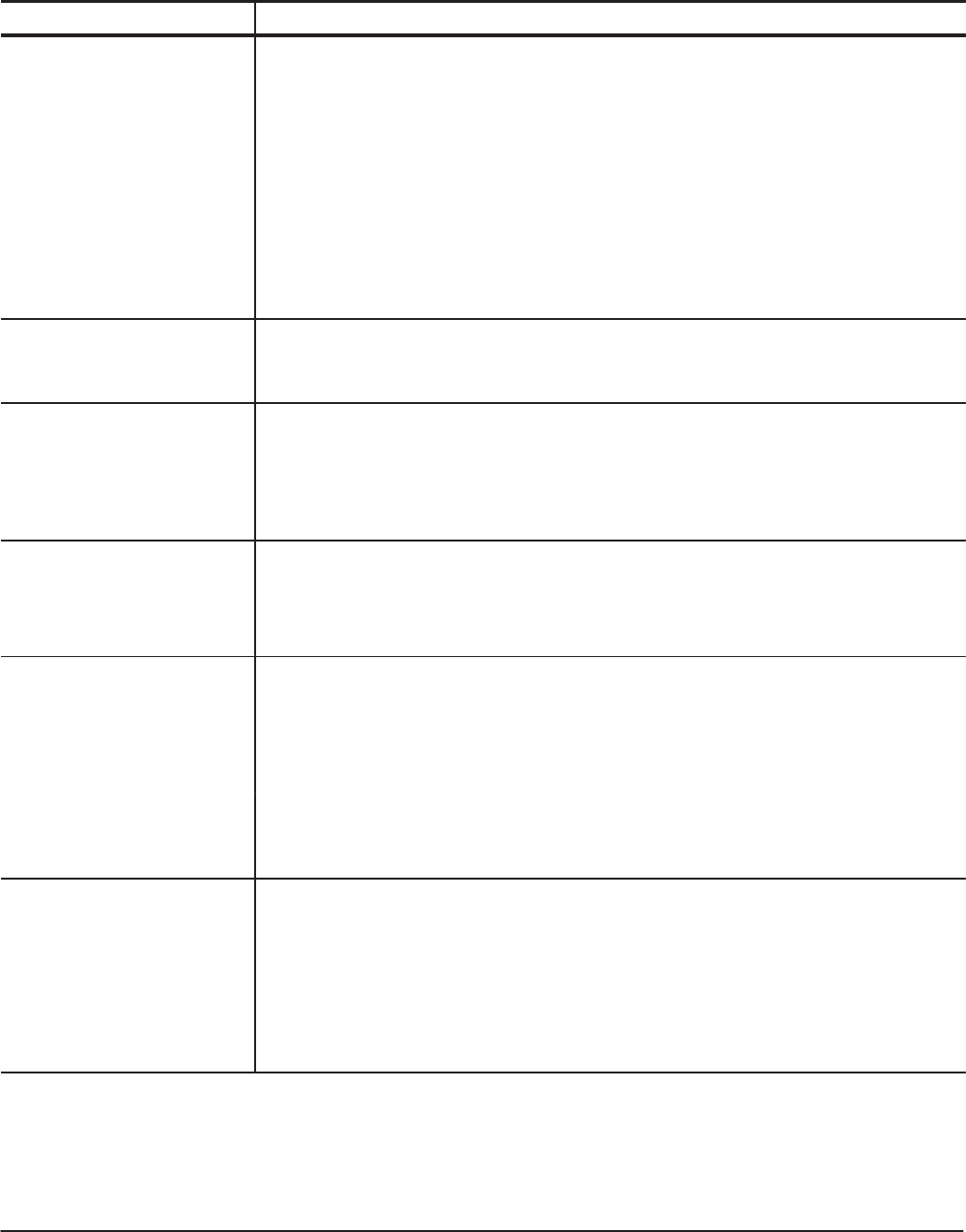
Characteristics
Specifications
1Ć20
Certifications and compliances
Category Standards or description
EC Declaration of Conformity -
EMC
Meets intent of Directive 89/336/EEC for Electromagnetic Compatibility. Compliance was
demonstrated to the following specifications as listed in the Official Journal of the European
Communities:
EMC Directive 89/336/EEC:
EN 55022 Class B Radiated and Conducted Emissions
EN 50081Ć1 Emissions:
EN60555Ć2 AC Power Line Harmonic Emissions
EN 50082Ć1 Immunity:
IEC801Ć2 Electrostatic Discharge Immunity
IEC801Ć3 RF Electromagnetic Field Immunity
IEC801Ć4 Electrical Fast Transient/Burst Immunity
Australian/New Zealand
declaration of Conformity Ć EMC
Complies with EMC provision of Radio-communications Act per the following standard:
AS/NZS 2064.1/2 Industrial, Scientific, and Medical Equipment: 1992
EC Declaration of Conformity -
Low Voltage
Compliance was demonstrated to the following specification as listed in the Official Journal of the
European Communities:
Low Voltage Directive 73/23/EEC, amended by 93/68/EEC
EN 61010Ć1/A1:1992 Safety requirements for electrical equipment for
measurement, control and laboratory use.
Approvals Complies with the following safety standards:
UL3111-1, First Edition Standard for electrical measuring and test equipment.
CAN/CSA C22.2 No.1010.1Ć92 Safety requirements for electrical equipment for
measurement, control and laboratory use.
Installation Category Description Terminals on this product may have different installation (over-voltage) category designations. The
installation categories are:
Category Examples of products in this category
CAT III DistributionĆlevel mains (usually permanently connected). Equipment at this
level is typically in a fixed industrial location.
CAT II LocalĆlevel mains (wall sockets). Equipment at this level includes appliances,
portable tools, and similar products. Equipment is usually cordĆconnected.
CAT I Secondary (signal level) or battery operated circuits of electronic equipment.
Pollution Degree A measure of the contaminates that could occur in the environment around and within a product.
Typically the internal environment inside a product is considered to be the same as the external.
Products should be used only in the environment for which they are rated.
Pollution Degree 2 Normally only dry, nonconductive pollution occurs. Occasionally a
temporary conductivity that is caused by condensation must be
expected. This location is a typical office/home environment.
Temporary condensation occurs only when the product is out of
service.


















